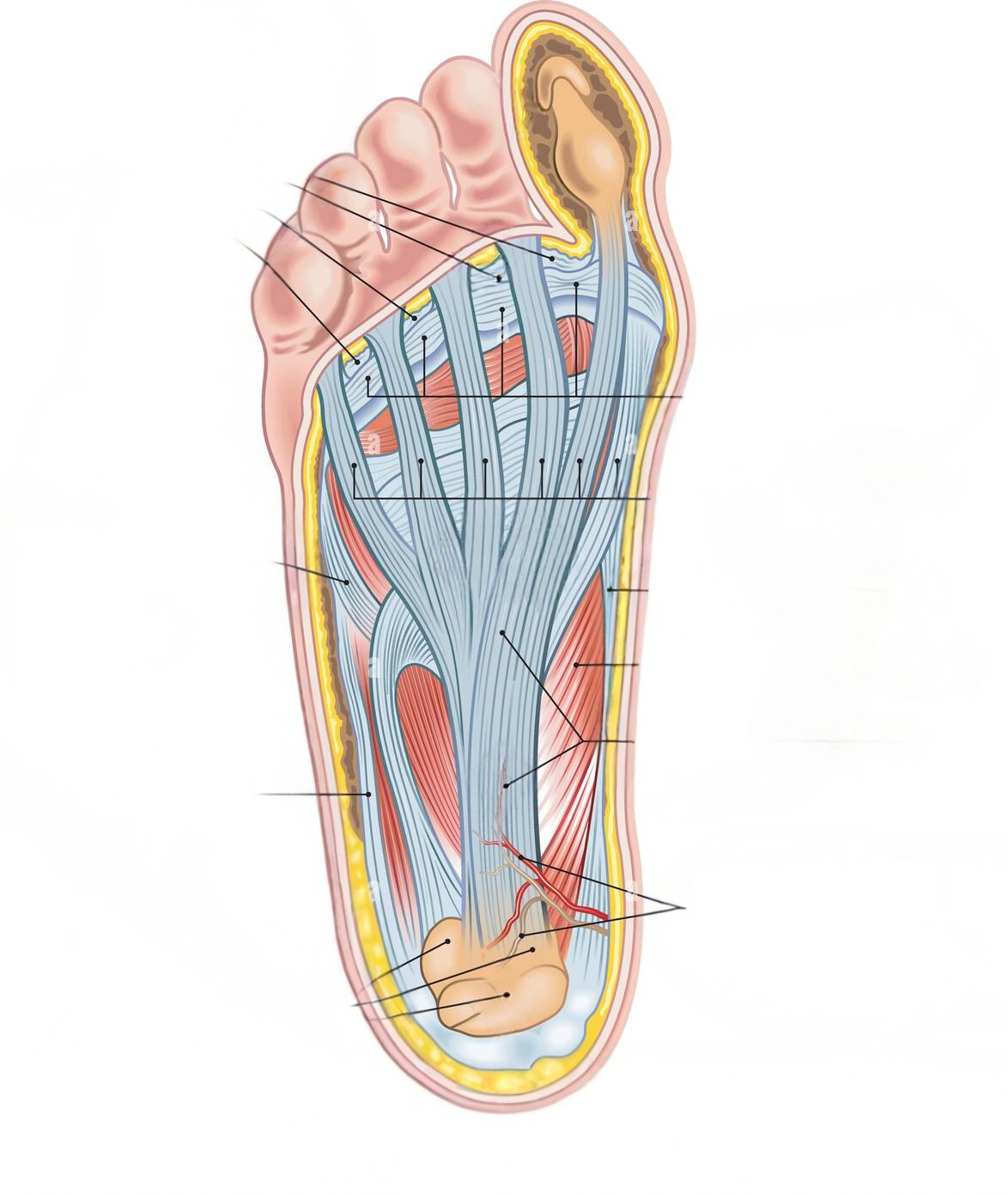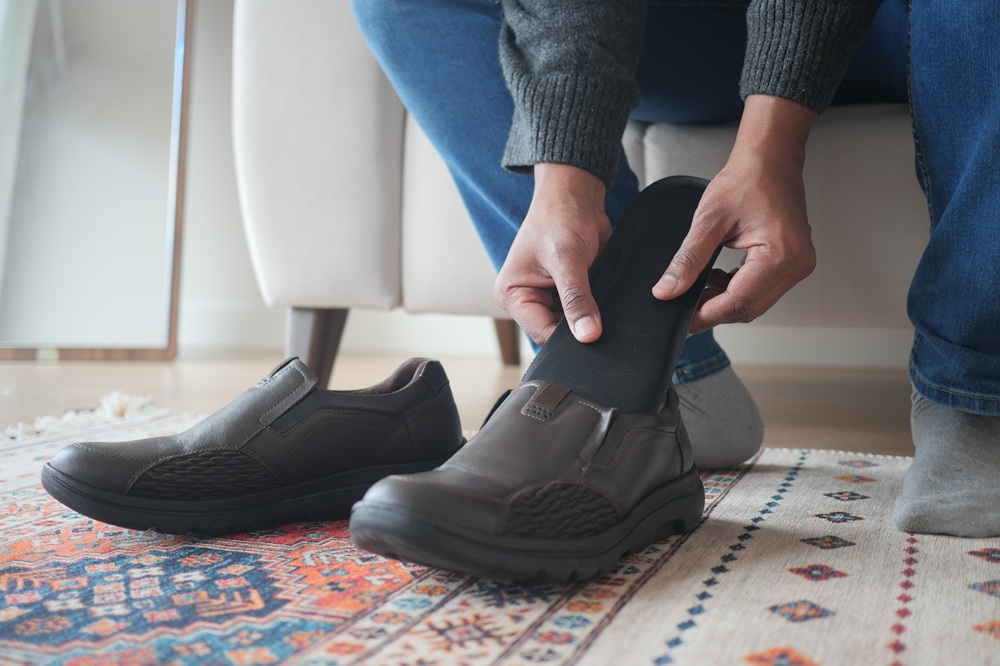WeTreatFeet Understand Rheumatoid!
What is Rheumatoid Arthritis?
Rheumatoid Arthritis is a type of arthritis that can make your joints feel stiff and achy. It happens when your immune system, which is like an army that protects your body, gets confused and attacks your own joints. But don’t worry, with the help of doctors and special treatments, you can still have happy and healthy feet and ankles.
How Does Rheumatoid Arthritis Affect the Foot and Ankle?
When Rheumatoid Arthritis affects the foot and ankle, it can make it harder for you to walk, run, and play. Your feet and ankles might feel swollen, tender, and stiff. Sometimes, they can even look red and feel warm to the touch. But remember, there are ways to manage and treat Rheumatoid Arthritis to make your feet and ankles feel better.
What Happens Inside the Foot and Ankle?
Inside your foot and ankle, there are many small joints that help you move and stay balanced. When you have Rheumatoid Arthritis, these joints can become inflamed and swollen. It’s like a party that got a little too crowded. This can make it difficult for you to move your feet and ankles and can cause pain and discomfort.
How Does It Feel?
Having Rheumatoid Arthritis in your foot and ankle can make them feel not so great. You might feel pain and stiffness when you walk or try to move your feet and ankles. It can be like having a rock in your shoe that bothers you all the time. But remember, you’re not alone, and there are ways to help you feel better.
How Does the Doctor Diagnose Rheumatoid Arthritis in the Foot and Ankle?
When you visit the doctor, they will ask you questions about your feet and ankles and how they feel. They might also do some special tests, like X-rays or blood tests, to see what’s going on inside your joints. These tests can help the doctor know if you have Rheumatoid Arthritis and plan the best treatment for you.
Treating Rheumatoid Arthritis of the Foot and Ankle
Treating Rheumatoid Arthritis is a team effort between you and your doctor. They might suggest some special medicines that can help reduce the inflammation and make your feet and ankles feel better. They might also recommend exercises and physical therapy to keep your joints strong and flexible. In some cases, you may need special shoes or orthotics to support your feet and ankles. Remember, your doctor is there to help you every step of the way.
Taking Care of Your Feet and Ankles
Taking care of your feet and ankles is important when you have Rheumatoid Arthritis. Here are some tips to keep them happy and healthy:
- Wear comfortable and supportive shoes.
- Take breaks and rest your feet when they feel tired.
- Do gentle exercises and stretches to keep your joints moving.
- Apply ice packs or warm compresses to ease pain and swelling.
- Follow your doctor’s advice and take your medicines as prescribed.
Keep Smiling and Stay Strong!
Having Rheumatoid Arthritis in your foot and ankle can be tough, but always remember that you are a brave warrior. Even when things feel difficult, try to keep smiling and stay positive. Surround yourself with loved ones who support and encourage you. You have the power to overcome any challenges that come your way.
Rheumatoid Arthritis can affect the foot and ankle, causing pain, stiffness, and swelling. By working with your doctor and following their recommendations, you can manage and treat Rheumatoid Arthritis effectively. Taking care of your feet and ankles, wearing proper shoes, and staying positive are important steps in living a happy and active life.
Frequently Asked Questions (FAQs)
Q: Can I still participate in sports and physical activities if I have Rheumatoid Arthritis in my foot and ankle?
A: It’s important to consult with your doctor about participating in sports and physical activities. They can provide guidance on the activities that are safe and suitable for your condition.
Q: Will Rheumatoid Arthritis affect both of my feet and ankles?
A: Rheumatoid Arthritis can affect one or both feet and ankles. The symptoms may vary from person to person. Your doctor will assess your condition and develop a personalized treatment plan.
Q: Are there any home remedies that can help relieve the pain and stiffness in my feet and ankles?
A: While there is no cure for Rheumatoid Arthritis, you can try some home remedies to ease the symptoms. Applying ice packs or warm compresses, doing gentle exercises, and wearing comfortable shoes can provide temporary relief. However, it’s important to consult with your doctor for a comprehensive treatment plan.
Q: Will I need surgery for Rheumatoid Arthritis in my foot and ankle?
A: Surgery is not always necessary for Rheumatoid Arthritis in the foot and ankle. It depends on the severity of your condition and how well you respond to other treatments. Your doctor will evaluate your situation and discuss the appropriate treatment options with you.
Q: Can Rheumatoid Arthritis be cured?
A: Currently, there is no cure for Rheumatoid Arthritis. However, with proper management and treatment, you can control the symptoms and lead a fulfilling life. It’s important to work closely with your doctor and follow their recommendations for long-term management.




